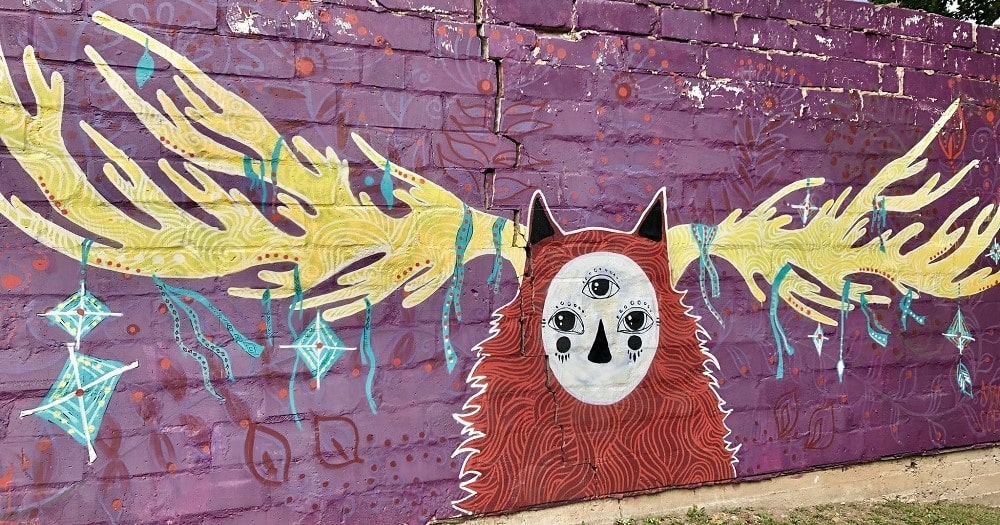Discover a vibrant art scene in Tallinn and Tartu
Estonia is an eminently Instagenic country. Between the red-tiled roofs of Tallinn’s medieval Old Town, the windswept beaches of the country’s extensive coastline, and the crumbling remnants of Soviet-era architecture, a trip to Estonia could provide enough visual content to fill an Instagram account for years. (Believe us. Just check out #visitestonia.)
Estonia has loads of one of the best backdrops for an Instagram post: street art. Like any urban center, Tallinn and Tartu have their fair share of run-of-the-mill graffiti. However, they also have a burgeoning street art scene enriched by international collaborations and celebrated with annual street art festivals.
Tallinn
One of the best places to see street art in Tallinn is Telliskivi. These renovated warehouses are home to numerous shops, galleries, restaurants, and bars. However, there are plenty of murals spread out around Tallinn, so you have a good chance of seeing street art wherever you happen to go. Try a walking tour to learn more about Tallinn’s street art and get a close-up view of the best examples..
Some of the most iconic pieces of street art came about as a result of Mextonia, a transgraffiti festival that took place in June 2017 to celebrate the Estonian centennial. Many of these giant murals feature elements of Estonian and Mexican folklore painted by artists from Mexico, Estonia, and beyond.

New street art initiatives are popping up all the time. For example, NGO Mondo has commissioned four pieces under the hashtag #IShareHerPower to commemorate international climate-change activists. The city also opened the first legal graffiti wall at the end of May.
Tartu
Tartu is a must if you’re looking for Instagrammable street art, and a walking tour is the best way to make sure you see everything. The colorful Karlova neighborhood is Tartu’s street art epicenter. There’s also a lot to see around Supilinn (Soup Town). In between the two is Tartu’s Old Town, home to impressive pieces as well.
Stencibility, an international street art festival, began in 2010 and takes place annually in Tartu. At the center of the event is the Stencibility manifesto, part of which states “the purpose of street art is to enrich, not ruin,” and “if you don’t like it, improve it.” In June 2022, they brought an exhibition of Estonian street artists to Berlin as the opening event for European Capital of Culture Tartu 2024.

Street art, by nature, is impermanent. Some of the most popular pieces have been around for years, but cities are places of flux; buildings are torn down, and new ones are put up. This is what makes seeking out street art so gratifying — the piece you photograph today may be destroyed tomorrow.
Unlike oil paintings preserved in a museum, murals painted on concrete walls or under bridges will someday be gone forever. All that will remain are the photos and memories of those who saw them.
